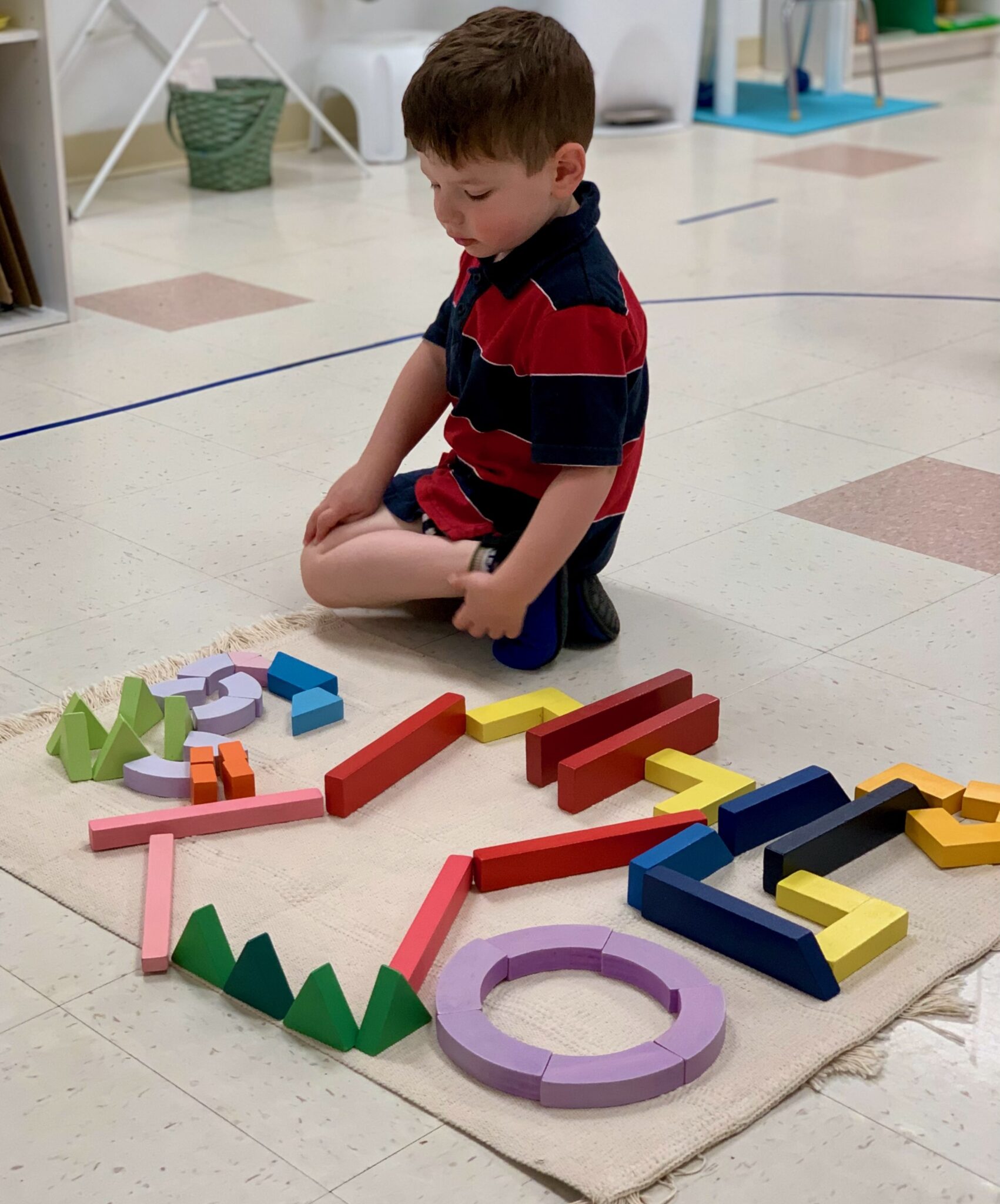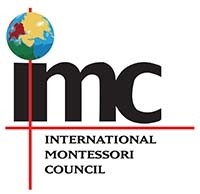Ten months ago, your child entered their Montessori classroom, and look how far they have come! At the end of the school year, we always look back and marvel at all the progress, development and change that has occurred in our students.
Maybe your child cried at first and had to be taken from your arms into the arms of a caring teacher and just look at her now. She marches into the building with bag and lunchbox in tow, as if she has grown up here; well, she has. Perhaps your child, after months of practice, is writing his name, all by himself. What an accomplishment indeed. Your child might have had only limited experience with other children, and now he comes home every day naming the long list of his friends at school. So many days, and so many victories.
From September to June, Monday through Friday we watch with amazement, observe with joy, and celebrate the limitless potential of your child in our Montessori classrooms.
Thanks for sharing them with us this year.





